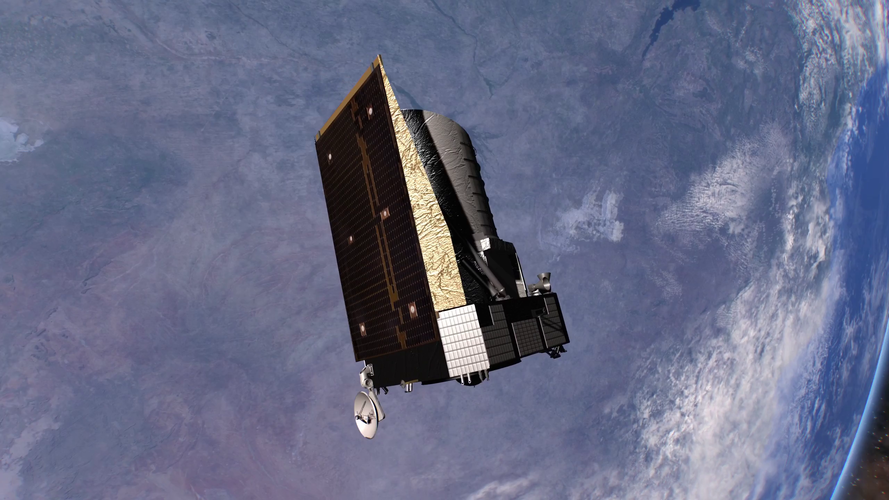
ESA, also in line with its own Zero Debris commitment, has designed a disposal manoeuvre so that once Euclid’s mission is over, it will be directed into heliocentric orbit – the same orbit as Earth’s around the Sun. For at least 100 years, the probability of Euclid entering back into the Earth-Moon system will be very, very small. By then, it may be possible to make use of such valuable metals in space!
Euclid will be ESA’s fifth mission at Lagrange point 2. Joining the Gaia observatory and NASA/ESA James Webb Space Telescope, it also follows in the orbits of Herschel and Planck, to shed light on the mysteries of our Universe.
Gaia Sky is a real-time, 3D, astronomy visualisation software that runs on Windows, Linux and macOS. It is developed in the framework of ESA's Gaia mission to chart about 1 billion stars of our Galaxy in the Gaia group of the Astronomisches Rechen-Institut (ZAH, Universität Heidelberg).



